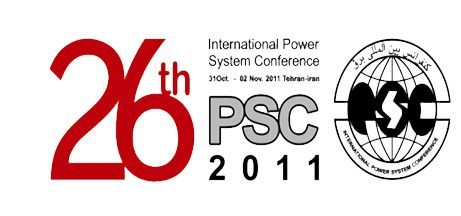مقاله بیست و ششمین کنفرانس بین المللی برق –PID Controller Implemented
Adaptive Digital PID Controller Implemented on 32-bit ARM7 Microcontroller
The variations of the process parameters is a strong reason to use adaptive controller. In this paper , the implementation of adaptive digital proportional-integral-derivative (PID)controller on 32-bit ARM7 microcontroller which is intended for general purpose applications is described. The controlled process is identified using recursive least squares algorithm, and the parameters of the PID controller are designed by the pole placement method on the basis of estimated plant coefficients. The system identification and controller designing are completely done in microcontroller. For to survey the effects of uncertainty on the process , a normalized model of a motor by MATLAB software is used. The connection between MATLAB and microcontroller is compatible with RS232 standard. The extensive studies carried out clearly proves that the proposed approach by the ARM microcontroller , is an excellent choice for control problems including adaptive control systems due to its high efficiency, speed, and robustness.
Recently , very rapid progress in electronics and computer science has influenced all the areas of human activities. Production technology improvements of new microcontrollers lead to their miniaturization, increased central processor unit performance, decreased power consumption and price. Thus modern 32-bit one-chip microcontrollers not only have enough computing power for simple control loops consisting of fixed parameters controllers like PI or PID but also are able to handle tasks from the origin of modern control methods such as adaptive control. Due to some limitations, mainly in main memory capacity, microcontrollers cannot substitute powerful industrial PCs or special programmable logic controllers, which can work with number of control loops simultaneously. This work presents the implementation of self tuning digital PID controller on a member of
wide family of 32-bit ARM microcontrollers which is an excellent candidate for control problems including adaptive control systems. The paper is organized as follows. In section 2 , the implemented algorithms are briefly introduced. The hardware overview is presented in section 3. Section 4 appropriately introduces the implementation of the proposed controller on microcontroller. Experimental results are presented in section 5. In section 6 , conclusions are drawn.
Ali Hasanzade-S. M. A. Mohammadi
Department of Electrical Engineering,
Shahid Bahonar University of Kerman
IRAN




